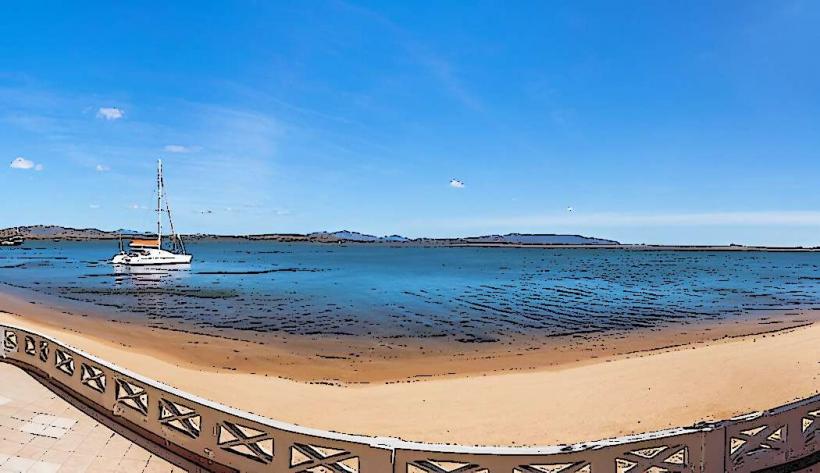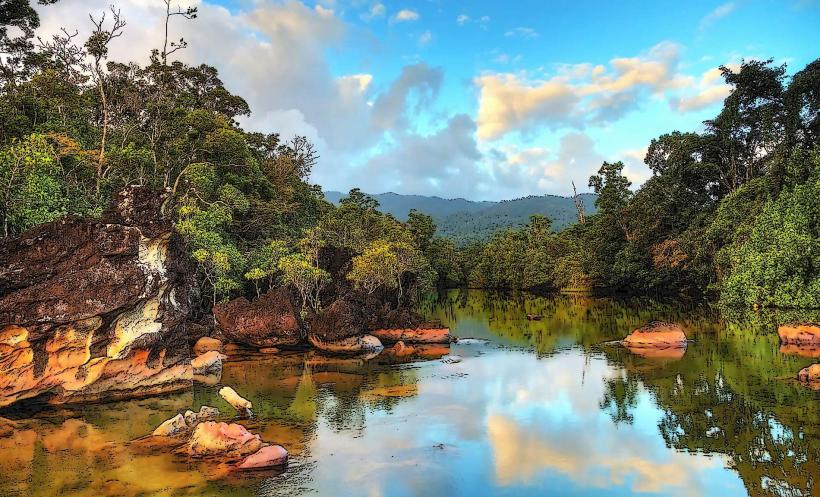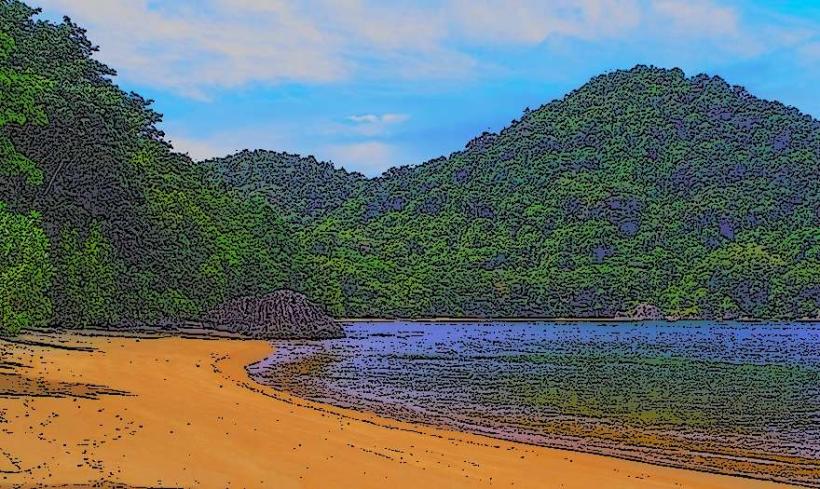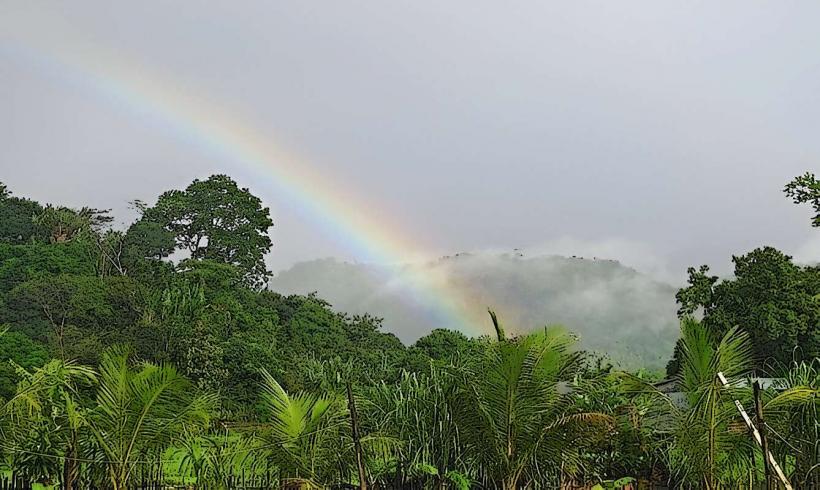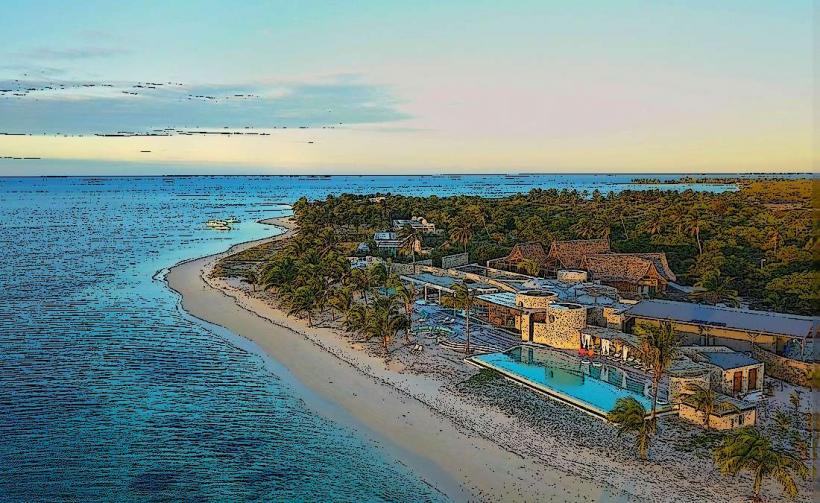Information
Landmark: Vohémar MarketCity: Vohemar
Country: Madagascar
Continent: Africa
The Vohémar Market is a local marketplace located in the town of Vohémar, in the northeastern part of Madagascar. Vohémar is a small, coastal town in the Sava Region, near the Indian Ocean, and serves as a vital hub for trade, commerce, and local culture in this region. The market is an important feature of the town, providing both locals and visitors with a glimpse into daily life, local products, and the rich cultural heritage of the area.
Here’s a detailed overview of the Vohémar Market:
1. Location and Accessibility:
The Vohémar Market is situated in the heart of the town of Vohémar, which is located on the northeastern coast of Madagascar, within the Sava Region. Vohémar itself is accessible by boat from the nearby coastal town of Maroantsetra or by a short drive from other parts of the region. The market is an open-air venue, and its position in the town makes it easily accessible to both locals and travelers visiting the region.
2. Market Characteristics:
The Vohémar Market is a bustling place where locals come to buy and sell a wide variety of goods. The market reflects the local lifestyle, with a mix of agricultural produce, fish, textiles, crafts, and more. It is a vibrant space where Malagasy traditions and everyday life come to the forefront.
Some key characteristics of the Vohémar Market include:
Fresh Produce: Locally grown fruits and vegetables are abundant in the market. These can include tropical fruits like bananas, mangoes, and coconuts, as well as locally grown vegetables such as sweet potatoes, beans, and cassava. The market provides a variety of fresh, organic produce that is a staple in the daily diet of the people living in the region.
Seafood: Being a coastal town, the Vohémar Market is also famous for its fresh seafood. Local fishermen bring in fish, shellfish, and other marine products that are harvested from the surrounding waters of the Indian Ocean. Popular items include shrimp, crabs, fish, and other ocean delicacies.
Spices and Herbs: The Sava region is known for its production of spices, especially vanilla, which is one of Madagascar’s most important exports. At the Vohémar Market, you can find not only vanilla pods but also other local spices and herbs such as cloves, cinnamon, and pepper, which are grown in the surrounding areas.
Crafts and Textiles: The market also offers traditional Malagasy handicrafts, such as woven baskets, hand-made textiles, and wooden carvings. These items are often created by local artisans and reflect the rich cultural heritage of Madagascar. Visitors can find colorful fabrics, clothing, and handmade goods that showcase the artistic skills of the local people.
Livestock: In addition to agricultural and marine products, some vendors in the market sell livestock, such as chickens, goats, and cattle. These animals are often raised locally and are an important source of food and income for the community.
3. Cultural and Social Aspects:
The Vohémar Market is more than just a place to buy and sell goods; it is also a social and cultural gathering spot. For many residents, it is a place to meet with family and friends, share news, and connect with the larger community. The market is an important part of daily life, and its dynamic atmosphere reflects the Malagasy way of life.
Community Hub: The market is a central hub for social interaction. Many people from nearby villages come to Vohémar to buy and sell goods, creating a lively atmosphere where people of all ages gather to shop, talk, and enjoy the community spirit.
Traditional Practices: The market is a space where local customs and traditions are preserved. From the products sold to the way transactions are made, the market reflects the traditional Malagasy culture. The use of bartering is still common in many markets across Madagascar, including Vohémar, where haggling over prices is a typical part of the shopping experience.
Food and Local Cuisine: The market is also a place where visitors can sample and enjoy traditional Malagasy foods. Local snacks, street food, and fresh fruit juices are often sold by vendors, providing a taste of the local cuisine. Dishes featuring rice, vegetables, fish, and meat are common, and many local delicacies can be found.
4. Tourism and Visitor Experience:
While the Vohémar Market is primarily a local marketplace, it also attracts visitors, particularly those interested in experiencing the authentic culture and lifestyle of Madagascar’s coastal regions. For tourists, the market offers a chance to:
Experience Local Life: Visiting the Vohémar Market allows tourists to experience the vibrant culture of the Sava region and interact with the local people. The market offers a genuine, unfiltered look at Malagasy daily life.
Purchase Souvenirs: Visitors can purchase unique souvenirs, such as vanilla, handmade crafts, or local textiles, as mementos of their visit to the region. These items are often made by local artisans and offer insight into the traditional craftsmanship of Madagascar.
Learn About the Region’s Agriculture and Fishing: For those interested in agriculture, the market provides a glimpse into the local farming practices, including the cultivation of spices, fruits, and vegetables. Similarly, the seafood section of the market offers insight into the importance of fishing to the local economy.
Engage with the Community: Visitors who take the time to interact with the vendors and local people at the market can learn more about the history, culture, and customs of the region. It’s a great place to ask questions, gain insight into local traditions, and build connections with the Malagasy people.
5. Challenges and Opportunities:
Like many markets in Madagascar, Vohémar Market faces challenges such as limited infrastructure, occasional scarcity of goods due to seasonal changes, and environmental pressures on resources. However, it also represents an opportunity for sustainable tourism and local development. By promoting eco-friendly practices, supporting local artisans, and preserving traditional agricultural techniques, the market can continue to thrive while helping the community grow economically.
Conclusion:
The Vohémar Market is a central feature of life in the town of Vohémar, offering a window into the agricultural, cultural, and social fabric of northeastern Madagascar. It is a vibrant, bustling space where visitors can explore the richness of the region’s products, learn about local customs, and engage with the Malagasy way of life. Whether for purchasing fresh produce, local crafts, or simply experiencing the daily rhythm of the town, the market is an essential part of the Vohémar experience.

